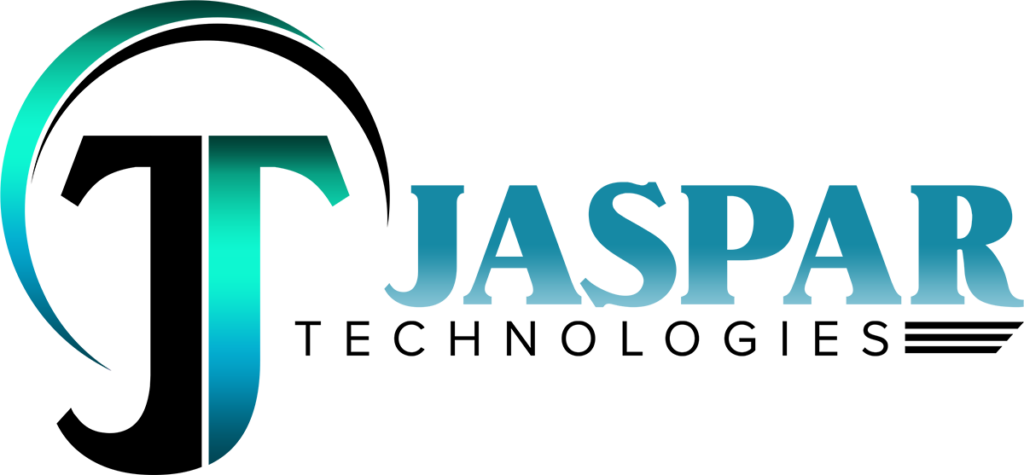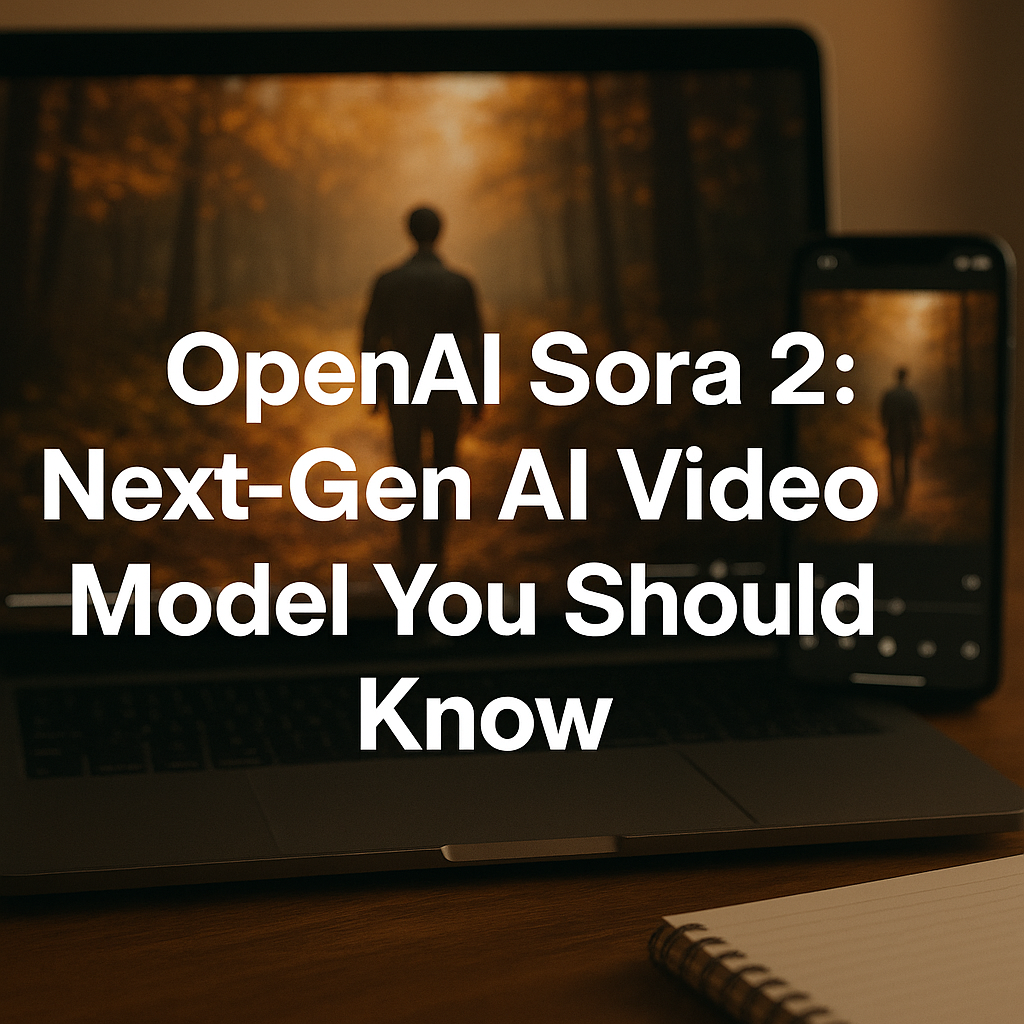OpenAI Sora 2
The day I watched myself in an AI video
Last week I got an invite to the new Sora app. I typed: “me walking through a forest at sunset, gentle guitar music” and two seconds later, there I was me, walking in a golden forest, with ambient chords echoing behind. I stared at it, half impressed, half unsettled: did I just time-travel into a dream version of me?
That’s the promise and the risk of OpenAI Sora 2: video generation that’s not just visual, but cinematic, with synchronized sound and richer context.
Here’s the thing: tools like this change how creators tell stories, marketers build brands, even how we define “reality.” So let’s break it down.
What is OpenAI Sora 2?
OpenAI describes Sora 2 as their flagship video + audio generation model.
It’s the evolution of Sora, designed to be more physically accurate, more controllable, with synchronized dialogue and sound effects.
The Sora app (iOS, invite-only initially) is the user interface where people actually make and share these videos.
Key upgrades over Sora:
- Audio generation (speech + sound effects) integrated.
- Better physics and realism (motion, gravity, interactions).
- Enhanced “steerability” you can better guide how scenes evolve.
- More consistency in style and control across frames.
So, if Sora was a sketch, Sora 2 is a near-finished painting with soundtrack.
Who it’s for (and who should care)
| Use Case | Why Sora 2 matters |
| Creators & Filmmakers | Rapid prototyping of visual ideas, mood experiments, short films. |
| Marketers & Brands | Create custom video ads or promos without full production overhead. |
| Social Media Innovators | New content formats; remix culture elevated by AI. |
| Tech Enthusiasts / AI Researchers | Pushes boundaries in video synthesis and multimodal models. |
But note: Sora 2 isn’t a magic wand. It’s currently limited to short clips, and controls/parameters are still maturing. Don’t expect full-length feature films yet.
Anatomy of a Sora 2 video
Here’s a simple workflow breakdown and where mistakes often creep in.
1. Prompting: tell it what you want
Be clear. “A forest” is vague. “A forest in autumn, golden light, rustling leaves, a path curving left, soft piano” gets you closer. Use adjectives, actions, sounds.
Common mistake: Too minimal prompt → blurry or bland output.
2. Framing and camera logic
Sora 2 models spatial consistency (depth, perspective). You can hint “camera moves left slowly” or “pan up.” It tries to obey.
Tip: Start with simpler scenes before complex camera shifts.
3. Audio + voice sync
One upgrade: Sora 2 can generate speech (dialogue) + ambient audio that aligns with visuals.
If you give it a line to speak, it will attempt lip sync and ambient cues.
Myth to avoid: “Audio always perfect.” No audio can still mismatch or feel synthetic in complex scenes.
4. Remix & iteration
In the app, you can remix: take an existing video and change elements (background, color, objects) while keeping core motion.
Checklist before finalizing:
- Check transitions between frames (jumps, artifacts)
- Verify consistency (no disappearing objects)
- Listen for audio glitches (out-of-sync, stutters)
- Validate realism (no floating parts, weird shadows)
Safety, ethics & guardrails
This is where the complexity gets real.
Consent & “cameo” control
You can’t generate someone’s likeness unless they’ve uploaded a “cameo” and allowed it.
If you are in the cameo database, you’re a “co-owner” of any video using your likeness and can revoke access.
Disallowed content
Extremes: explicit, spam, violence, unauthorized public figures all restricted.
Artifact and detection issues
Even the best AI model produces visual artifacts distorted joints, flickering edges, disappearing parts. A recent study proposes classifying these artifacts (boundary defects, texture noise, motion mismatch, object disappearance) to detect generated videos.
Detecting AI-generated videos is a research frontier. Current detectors for GAN-style videos won’t always catch diffusion-based video models like Sora 2.
Bias, representation & content risk
Models reflect training data. Scenes or characters from underrepresented settings can look worse. Always review and adjust.
Why Sora 2 is a leap (and where it still trails)
What it does better:
- Integrated audio + visuals (not separate modules)
- Stronger command control over scenes
- More physically consistent movement
- Better stylization and consistency across frames
Where it lags:
- Clip length: short-form, not long narratives
- Complex interactions (crowds, reflections) may glitch
- Audio especially in crowded or noisy scenes is weaker
- Unpredictable behavior in extreme prompts
What this really means: Sora 2 is not perfect, but for many creators it’s the most usable “AI video co-pilot” we’ve had yet.
How to experiment with Sora 2 (step-by-step)
- Request an invite and access the Sora app (iOS, invite-based initially)
- Start with a simple prompt (2–3 short sentences)
- Render a 5–10 second video
- Remix: change one element (background, color, object)
- Iterate prompts and remix until aesthetics & motion feel right
- Export/share, but flag it as AI-generated for transparency
Next-gen content is here get ready
Sora 2 is not just a flashy demo. It’s a turning point: audio + video AI fused, controllability maturing, guardrails built in. It doesn’t replace filmmakers or artists it gives them a new brush.
Want to stay ahead? Subscribe to generative AI updates, try early access when your region opens up, and test narrations, promos, or creative experiments with Sora 2.
Action you can take now: Sign up for invites, try your first prompt, and share what you make. If you liked this deep dive, subscribe for more on GenAI, video tech, and how to ride the next wave.



